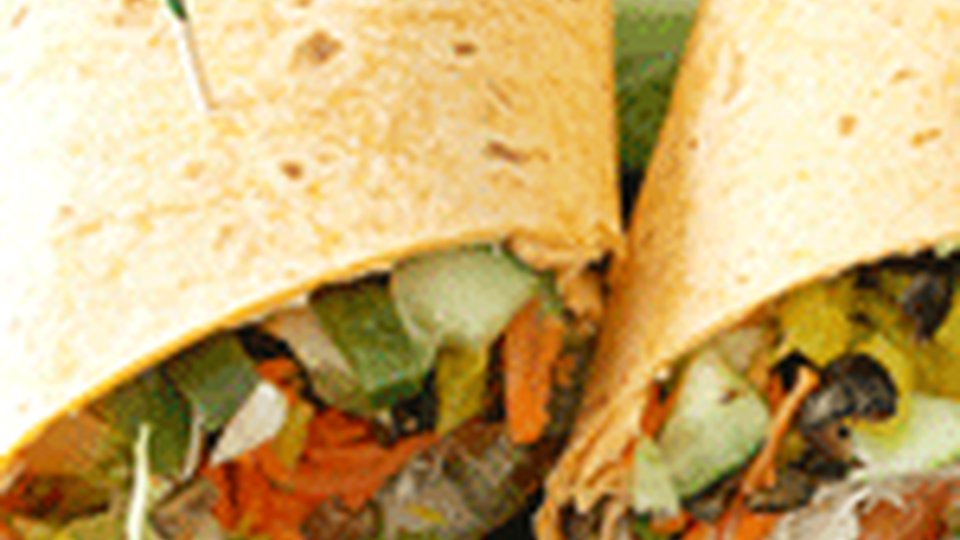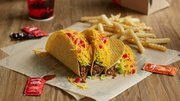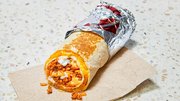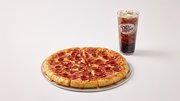Article
Beyond burgers
Quick-service restaurants expand their menus to increase customer interest, but there could be a downside.

March 21, 2007
While some of the most successful quick-service restaurant operations have been built on menu items with names like Big Mac, Whopper and the Beef 'n Cheddar, those companies also realize their customers have changing tastes.
To maintain consumer interest and win new customers, QSR operators are constantly adding and subtracting to their menus. Along with new menu items, QSR menu boards continually feature limited-time items designed to bring in new customers.
"One of the keys to a successful menu is having some variation," said Maria Caranfa, director of Chicago-based Mintel Menu Insights. "Customers want to be able to get their standby favorites and what the restaurant is known for, but every once in a while it is nice to try something new."
QSR operators have expanded their menus beyond the traditional hamburger, fries and soft drink to include items such as salads, wraps and sandwiches made with artisan breads. For example, Atlanta-based Arby's Restaurant Group Inc. expanded beyond traditional roast beef with a Market Fresh line of sandwiches in 2001, following with Market Fresh salads in 2004.
"There's a natural evolution over time," said Ed Gleich, senior vice president of concept development for Arby's Restaurant Group. "The goal was to expand our business; to have not just roast beef and chicken lovers, but sandwich-category lovers as well."
Cooking up changes
When developing new menu items, operators look to what's popular for inspiration.
Hardee's introduced a Buffalo Chicken sandwich earlier this year, and McDonald's Corp.'s popular Snack Wrap line helped boost sales at company restaurants.
Arby's also capitalized on consumer interest, launching flatbread sandwiches at the beginning of March. The sandwiches will remain on Arby's menus for about six weeks, Gleich said.
"We do a lot of concept work and looking at what is happening trend-wise," Gleich said. "Once it reaches a critical mass and consumers believe Arby's could be credible doing it, we test those things for promotions."
The company usually introduces about four limited-time promotions each year, he said. Promotions are mapped out almost a year in advance although the company can quickly roll out an item if the opportunity arises.
The main goal behind introducing a new menu item, Gleich said, is to drive traffic to the company's restaurants.
|
"Certainly, when that happens, the profits follow," he said. "Our main interest, though, is driving higher traffic, either in the form of increased visits by existing customers or by bringing back lapsed customers."
If an item proves to be particularly successful, Gleich said, the company then considers whether it would make a good menu addition. The Arby's Reuben sandwich is one of those items that graduated from limited-time offer to permanent menu item, he said.
"We promoted the Reuben sandwich through a couple cycles with very high success and ultimately put it on our menu," he said.
Potential pitfalls
While operators increase their menus to give the customer more choices, there is the potential that an overly-complicated menu can make a QSR turn from quick service to slow service.
During the 1980s and 1990s, menus at Hardee's restaurants expanded to include such items as fried chicken, while the company eliminated popular menu items such as the Big Twin and Big Deluxe burgers.
The unwieldy menu, along with a decision to cut costs by switching to frozen hamburger patties, sent the company's sales into a tailspin.
When Carpinteria, Calif.-based CKE Restaurants Inc. bought out the Hardees chain in 1997, one of the first moves they made was to scale back the size of the menu, CKE officials said.
"It's always a fine line," Gleich said. "Most of these new menu items typically require new skus and new ingredients; they have to be added to the order guide and we have to find a place to store them in the refrigerator and on the line."
| From Podcast Grill (story continues below)... | ||
NRA 2007 Restaurant Industry Forecast  The National Restaurant Association profiles the restaurant industry as it heads for its 16th consecutive year of real growth. Sales expected to reach $537 billion at a record 935,000 locations in '07. Don't miss out on this opportunity to tune into the future of the restaurant industry for 2007. The National Restaurant Association profiles the restaurant industry as it heads for its 16th consecutive year of real growth. Sales expected to reach $537 billion at a record 935,000 locations in '07. Don't miss out on this opportunity to tune into the future of the restaurant industry for 2007. | This episode sponsored by  The restaurant industry's Smart Self-service companyListen to more episodes www.podcastgrill.com The restaurant industry's Smart Self-service companyListen to more episodes www.podcastgrill.com | |
| If you cannot hear the audio please click hereto download the latest media player from Microsoft. | ||
The operator also has to create training materials and take the time to train employees to prepare the new item, he said.
"The final thing we look at is we always measure its impact on our speed of service," Gleich said. "We want to make sure there is no significant detrimental effect to that."
The early bird
One of the main areas operators are looking to expand their menus, Caranfa said, is by adding breakfast hours. For example, Dublin, Ohio-based Wendy's International Inc. announced earlier this year it would begin rolling out breakfast hours at many of its restaurants.
Not only are operators adding traditional menu items such as bacon, egg and cheese sandwiches she said, but they're also adding premium items such as Black Forest ham and white Cheddar cheese.
"Breakfast is a good way for restaurants to make more money," Caranfa said. "For many operators, breakfast has really improved both same-store sales and system-wide sales."
Several operators, including McDonald's, Burger King and Dunkin' Donuts have added premium coffee to their menus to compete with chains like Starbucks.
"It's also about one-stop shopping," Caranfa said. "With the premium-blend coffees, you can also get your coffee and your breakfast sandwich, all for a reasonable price."










